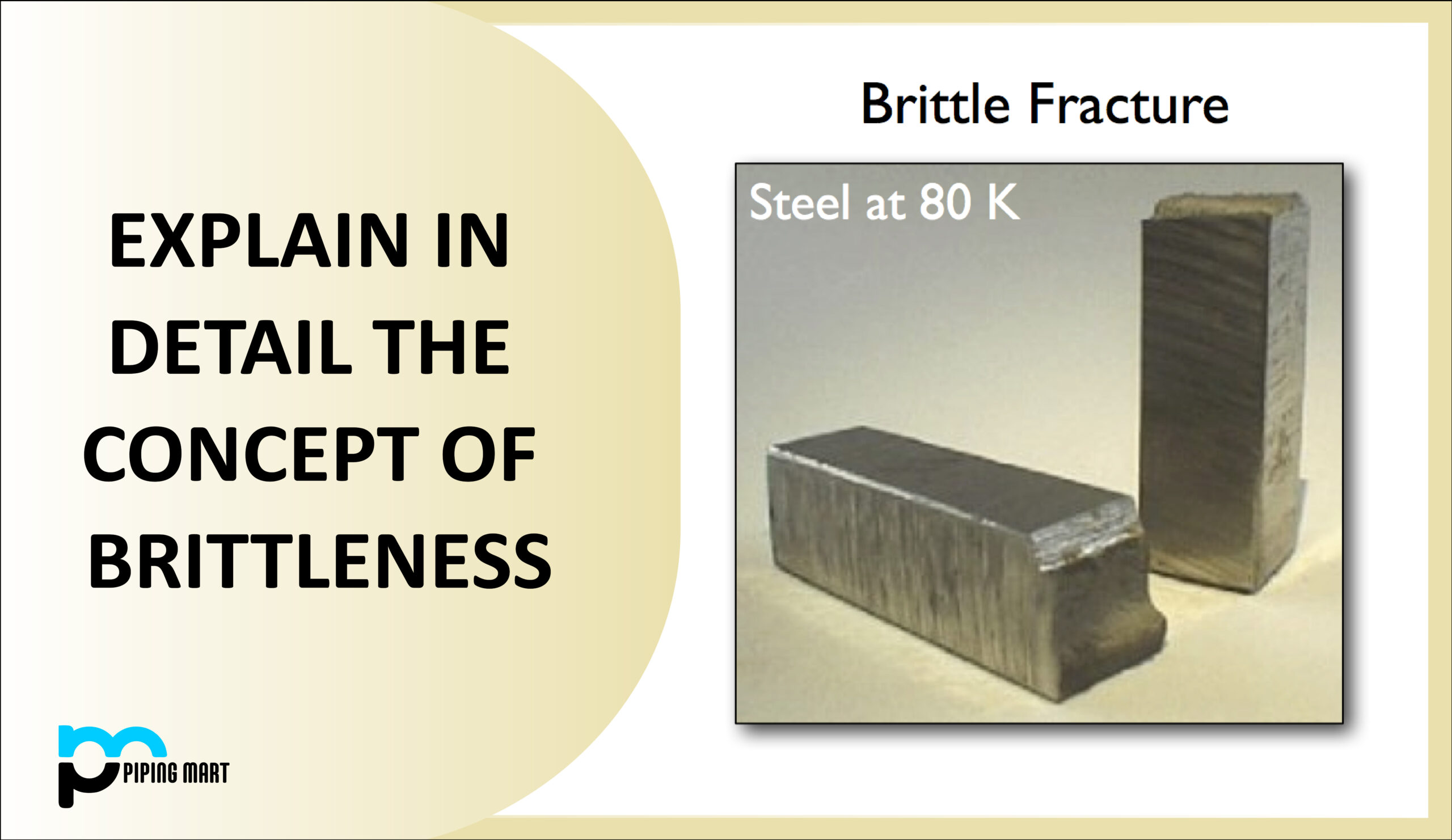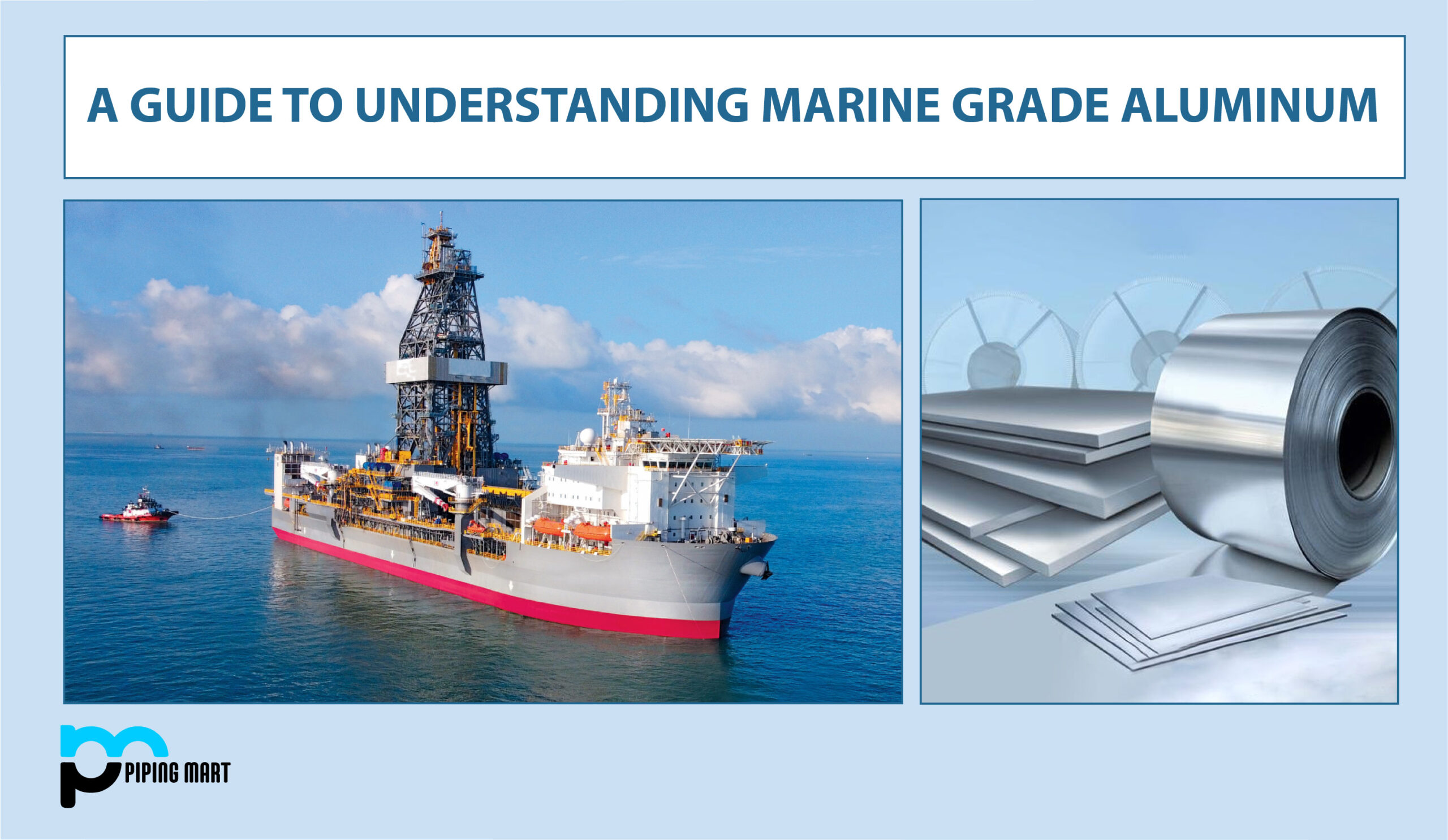Anchor bolts join structural components in concrete constructions. Anchor bolts are commonly used to hold skids, equipment, and structural parts to concrete. One end of the anchor bolts is embedded in concrete, while the other remains exposed. The exposed end is frequently threaded to allow structural parts or equipment to be attached. This article will look at the major types of anchor bolts, as well as their uses and selection criteria.
Types of Anchor Bolts
Anchor bolts used in industrial applications are classified into two categories based on their installation requirements:
Cast-in-Place Anchor Bolts:
The term implies that the cast-in-place anchor bolts are cast directly into the concrete surface. They are the simplest yet most powerful anchor bolts available. This sort of anchor bolt is installed in wet concrete and becomes completely secure after the concrete dries and hardens. Cast-in-place anchor bolts are further classified into many types. The most common types of cast-in-place anchor bolts are as follows::
Drop-in Anchor Bolts:
Drop-in bolts are very simple and easy to use. Once the concrete slab is wet, a corkscrew sheath is inserted into the mix, retaining it parallel with the slab’s surface so that a matching bolt may be inserted when the mixture dries.
Bent-bar Anchor Bolts:
These are mostly steel rods or bars bent into the shapes of the letters “L” or “J”. These anchor bolts feature threads on one end and a bent end that is inserted into the concrete. Anchor bolts with J-bolts and L-bolts are commonly used in signposts, poles, heavy machinery, tools, and other steel constructions.
Plate Bolts:
Plate bolts are generally composed of a T-shaped bolt that is inserted upside down into wet concrete. These bolts have a corkscrewed part on the “T” end for attaching a nut and a circular plate. This anchor bolt is often referred to as a Double End Rod with Plate. Typically, the plate is welded to the anchor bolt, or a nut is inserted in the concrete.
Sleeve Anchor Bolts:
Sleeve anchor bolts, which are equal to normal drop-in anchors but have a longer length, are generally utilized in brickwork.
Post-Installed Anchor Bolts:
Post-installed anchor bolts are inserted after the concrete has been poured on the construction site. To install this sort of anchor bolt, a hole must be drilled into the concrete surface and the screw inserted.
The following are some examples of commonly used post-installation anchor bolts:
- Lag Screw: This sort of anchor bolt is quite similar to plastic wall anchors and is very simple to install. The lag screw mounting mechanism makes use of a metal sheath that expands when the lag screw is inserted. Hammer driver pins, which resemble specialty nails, are used to secure thin objects in concrete. The anchor has a thin metal sheath that is inserted into the floor before being filled with a hammer driver pin.
- Toggle Wing: When working with a hollow wall, a toggle wing is useful. A long corkscrewed bolt with a hinged wing mechanism is used in this type of anchor bolt. For combination, they are both placed through a pre-bored hole. After going through the hole, the wings spread. They are used to support lighter weights.
- Double Expansion Shield: A double expansion shield anchor bolt makes use of two parallel expansion points within a shielded anchor point. This anchor bolt design increases the amount of contact between the sheath and the material, reducing the pressure at each point.
- Wedge Anchor Bolt: Wedge anchor bolts are composed of a specialty bolt with a movable wedge system at its base. As a result, these anchor bolts tighten upward toward the fastening nut, while the nut tightens downward near the surface level.
Anchor bolts are split into two types based on their operating principle. They are as follows:
- Mechanical anchor bolts: Mechanical anchors use frictional force to keep themselves in place. When the mechanical anchor bolts are placed, they expand and tightly grip the underlying material, acting as an anchor. All of the anchor bolts described above are mechanical anchor bolts.
- Chemical Anchor Bolts: Chemical anchor bolts seem to be more flexible than mechanical anchor bolts. Before inserting the stud, a resin is injected into the hole. The chemical resin fixes the imperfections of the hole and makes it waterproof and airtight. Chemical anchor bolts create connections that are stronger than the construction material. Chemical anchor bolts include the following:
- Polyester chemical anchors
- Vinylester chemical anchors
- Epoxy acrylate chemical anchors
- Pure epoxy standard anchors
- Resin anchors
- Chemical threaded anchor rods
- Powder–actuated anchors
- Hybrid chemical anchors

Pipingmart is B2B portal specializes in industrial, metal and piping products. Also, share latest information and news related to products, materials and different types grades to help business dealing in this industry.




